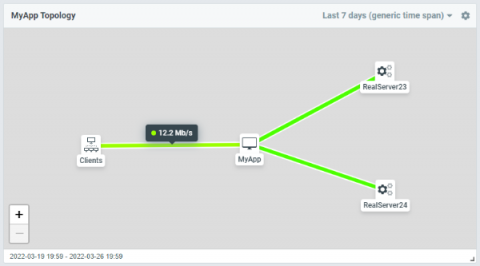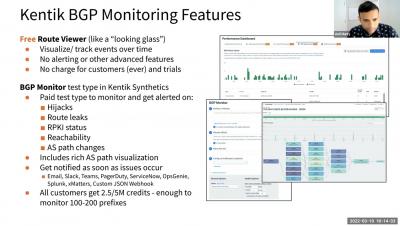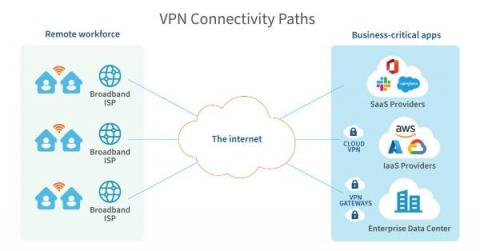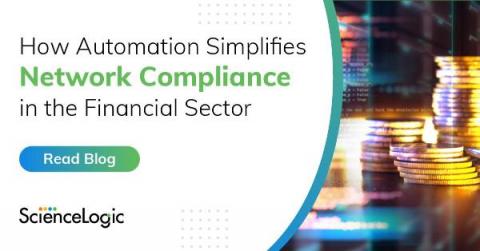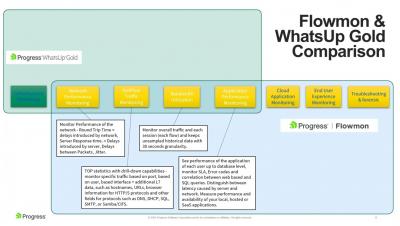Operations | Monitoring | ITSM | DevOps | Cloud
Networks
The latest News and Information on IT Networks and related technologies.
Flowmon and WhatsUp Gold: Discover application experience issues through single pane of glass
Have you ever experienced user complaints and struggled to find the root cause of the performance degradation? I'm sure every IT operations professional has. Is it the application? Is it the underlying infrastructure? Is it the network? What if you have a single pane of glass that will gather all the relevant metrics and telemetry and display it in an intuitive and easy to understand fashion?
Why You Should Monitor BGP and Where to Start 031122
Sentry Points of Presence: How We Built a Distributed Ingestion Infrastructure
Event ingestion is one of the most mission-critical components at Sentry, so it’s only natural that we constantly strive to improve its scalability and efficiency. In this blog post, we want to share our journey of designing and building a distributed ingestion infrastructure—Sentry Points of Presence— that handles billions of events per day and helps thousands of organizations see what actually matters and solve critical issues quickly.
Overcoming Kubernetes Infrastructure Challenges at the Edge of the Network
In response to the explosive growth of Internet of Things (IoT) devices, organizations are embracing edge computing systems to better access and understand the enormous amount of data produced by these devices. As the name suggests, edge computing moves some storage and computing resources out of the central data center and closer to where the data is generated at the edge of the network, whether that’s a factory floor, retail store, or automated car.
Synthetics 101 - Part 2: Protecting and growing revenue with proactive monitoring
In part 1 of our synthetics series, we looked at tracking network performance to drive better business outcomes. Here in part 2 of our series, we’ll dig into the very first and most basic business outcome of using digital experience monitoring (DEM). That is, we’ll look at how to protect and grow revenue by proactively monitoring the health, availability and uptime of your critical applications and services, so you can fix issues before your customers’ experience suffers.
How Automation Simplifies Network Compliance in the Financial Sector
The global march towards delivering operational resilience across the financial sector steadily continues.
What is a network monitoring system?
Network monitoring is a set of automatic processes that help to detect the status of each element of your network infrastructure. We are talking about routers, switches, access points, specific servers, intermediate network elements, and other related systems or applications (such as web servers, web applications, or database servers).In other words, network monitoring can be understood as taking a look at all the connected elements that are relevant to you or your organization.



